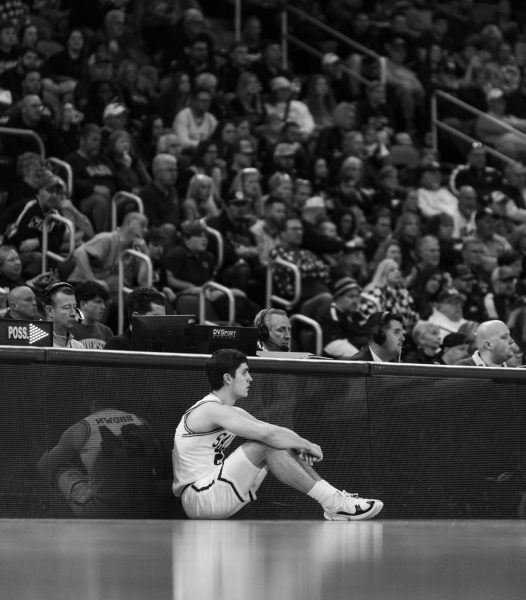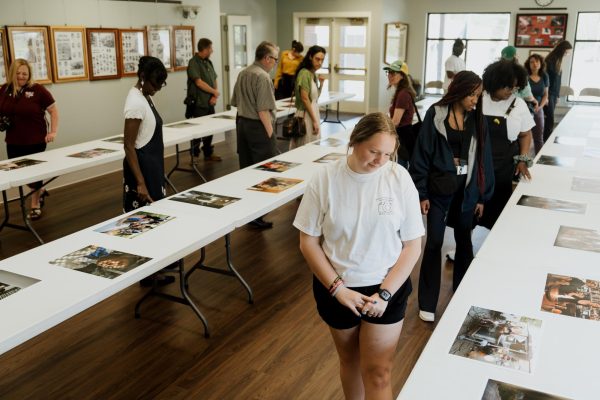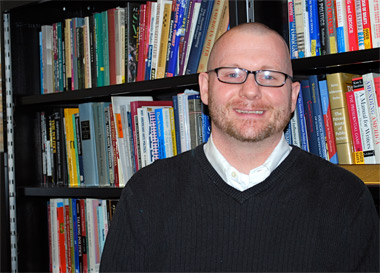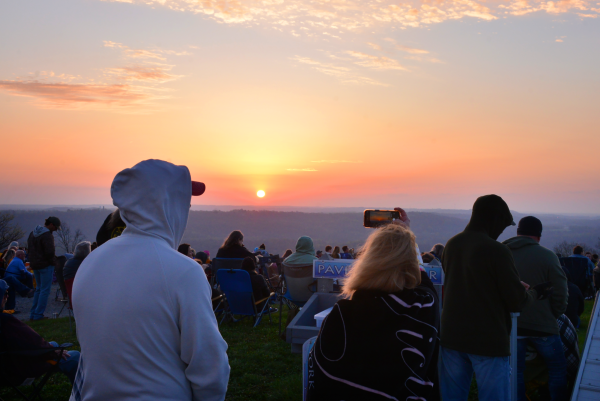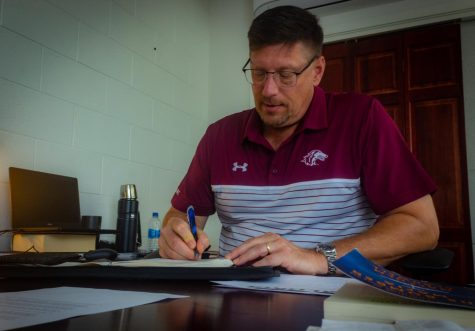Climate Change Teach-In
The Lorax once said “Unless someone like you cares a whole awful lot, nothing is going to get better. It’s not.” When tackling the wicked issue of climate change, true mitigation can only be achieved by a unified partnership of all different backgrounds. Some of the most significant problems facing the globe today are rising sea levels, ecosystem collapse, severe wildfires, and intense droughts. While all are consequential issues individually, all stem from the overwhelming net of stressors influenced by climate change. For human life on Earth to continue, global cooperation must persist.
Southern Illinois University Carbondale is hosting a worldwide Climate Teach-In at Morris library Wednesday, March 30 from 6:30 to 9:00 pm. The Teach-In encourages all to attend, offering different perspectives through a combination of student lead activities and interdisciplinary SIU faculty discussions. Disciplines range from environmental studies, geography, art, and zoology. Each provides listeners with a specific discipline viewpoint, engaging discussion, and unique climate solutions. More information can be found at ess.siu.edu/climatesolutions containing a full list of disciplines, discussion topics, and session times.
“The SIU Climate Solutions Teach-In is part of a worldwide teach-in with universities and schools from around the world, taking part to discuss climate change and possible solutions” says Dr. Leslie Duram, Director of Environmental Studies. Dr. Duram started the initiative to develop a Climate Change Teach-In in the summer of 2021, emphasizing the cooperation between all fields. In total, faculty and students from 30 different participating departments will be in attendance, working in harmony to better understand climate change and possible solutions across all perspectives and sectors of society. Dr. Duram hopes individuals take away the severity and range climate change disrupts our daily lives. “For example, the cost and availability of food will be affected. Our housing, transportation, and businesses will be affected. The military will be affected. Many species of plants and animals will be harmed. Our coastlines will continue to be affected. How we communicate about climate is super important.” says Dr. Duram.
Advertisement
Why should students, SIU faculty, and other participants attend the event? Dr. Craih Anz, Interim Director, and Professor Architecture & Interior Design says, “Climate change, and particularly its significant effects on our equitable quality of life are significant issues of our time.” It is evident that environmental degradation is a direct response to the increased damaging anthropogenic actions and shortcomings of policy initiatives. “Policy responses to climate change have often adopted a top-down approach based on decisions made at national and international levels. However, the inadequate progress that has been made through these top-down approaches has highlighted the need to pay more attention to bottom-up and decentralized approaches, starting from our towns, cities, counties, etc.” said Dr. Kofi Akamani, an Associate Professor of Forest Recreation and Conservation Social Science. To create sustainable climate solutions, local communities need to establish awareness, education, and motivation on a grassroots level. Climate change education to the youth and students is imperative, as both can influence the required policy changes through a “key role as change agents.” said Dr. Akamani. The Climate Teach-In presents students with a unique chance to obtain more information on current consequences and contribute to possible future solutions.
Why is cooperation across all disciplines necessary to achieve climate change mitigation? Policy responses to climate change fall under two broad categories: climate change mitigation and climate change adaptation. Climate change mitigation aims to reduce the causes that influence climate change while adaptation research how societies, cities, and communities respond to climate change impacts to minimize threats. For both, the approach has relied on bio-physical sciences and engineering ways out of issues, ultimately somewhat neglecting the social sciences, governance aspects, traditional knowledge, and social responses to climate change. “Thus, the integration of knowledge across diverse disciplines, as well as the integration of local and traditional knowledge offers opportunities for gaining a more holistic understanding of the complexity of climate change, as well as the social and institutional requirements for dealing with the challenges it presents,” says Dr. Akamani. Climate change is a multi-dimensional wicked issue, targeting all disciplines at once biological, ecological, social, cultural, economic, etc. To fully solve these multi-dimensional issues, humanity must unite by responding “in equally complex and systematic ways.” Dr. Anz.
The Climate Solution Teach-In acts as a beacon of hope to all, igniting a spark of cooperation and awareness behind every one of us. Signs of the Earth’s environmental degradation are all around us; we must open our eyes to the truth. Currently, taking no action is simply an option we cannot afford to continue. Our daily actions must be accountable as they all influence our shared future. Unless someone like you cares a whole awful lot, climate change is not going to get better. It’s not.
Advertisement




